Week One:
We arrived in Tahsis on Monday afternoon. Right away I was struck by the beautiful setting on the ocean next to the mountains. Tahsis is accessed by a well maintained logging road about 1.5 hours from Gold River (which is about 1.5 hours from Campbell River). So far the weather has been agreeable, with only some light showers yesterday morning.
Our first afternoon here, we met the staff of the school right away, and joined them for their daily afternoon tea in the staff room (a long-standing tradition apparently). All have given us a warm welcome.
Captain Meares school is built for about 400 students, but only has about thirty students (the population of Tahsis decreased dramatically after the mill closed in 2001). There is a primary class (K-3), intermediate (4-6), middle school (7-9) and high school (10-12) all in one school, with from 5-10 students in each cohort. This makes for an interesting and unique school environment where the teacher to student ratio is very high. I’ve spent most of my time in the intermediate class, but have also popped in to the primary kids and the middle school students. Unfortunately the high school aged students have been preparing for exams, so I haven’t yet been able to spend much time with them.
The students at Captain Meares school really have an experiential education. We have already been out collecting water insects in the local creek, and dissecting salmon in the science lab.
The neat thing is that often the whole school will take part in activities like this, with the older students guiding and helping the young ones.
Seeing the level of engagement with these kids doing this hands-on learning was great to see. I have rarely seen kids in a ‘regular’ classroom this excited about learning.
In the next few days I hope to continue observing and learning as much as I can from the staff at this school. Although not all schools have access to a natural setting as impressive as Tahsis, nor such small class sizes as to allow for more individual teaching time, I think there is still much that can be taken and applied to a traditional classroom.
Week Two:
We finished up the week at the school, which would unfortunately turn out to be our last day at the school due to the job action. Both Lyndsay and I agreed we had learned so much in just one week at the school, it was too bad we would not be able to continue. On the last day the duckling in the primary class hatched, just in time for the children to see it. They named him Peeps.
On the weekend we went hiking around Tahsis to a few local trails. Lyndsay and I have also been riding our bikes around the small town to get a feel for the neighbourhoods. We had the opportunity to do an eco-tour on a boat last Sunday with Scott from Tahsis Dive Charters (he is also the mayor’s husband). Not only was it a great day of sightseeing in the Tahsis inlet, but we also learned a lot about First Nation’s and colonial history of the area. Scott was also very knowledgeable about local industry (fishing and logging), as well as wildlife. We saw a raft of at least 100 otters toward the end of the inlet, as well as several seals. We stopped for a break to harvest some oysters off the beach during low tide, which we ate raw with some lemon later that afternoon.
To continue our CFE, we had the lucky opportunity to work at a small faith-based community called Esperanza, a short boat ride away from Tahsis. This community is currently made up of 4 families who live there all year round. Throughout the year the community has retreats for adults and various work groups coming to help, and in the summer they host children for summer camps. At this time of year they are quite busy preparing for the children’s camps that will start at the end of June. We arrived without much knowledge of where we were going or what we would be doing, but were quickly welcomed and made to feel at home in their community.
There are several young children who live at Esperanza, some of them take a boat to the school in Tahsis every morning, and some are homeschooled or preschool age. The community has a preschool playroom, classroom, and small library that they use for the children above the dining hall. We used this space with the children every morning for crafts, art, games, reading, and other activities.
Within minutes of arriving we became fast friends with the children, and were already climbing trees to look at baby birds in a nest and being given a tour of favourite playing spots. Having little experience with primary age children myself, I learned a lot (and quickly) from spending time with these young learners. Within 24 hours Lara from Zeballos had joined us in Esperanza and we were busy with the kids or doing other work around the camp. All three of us felt so lucky to be able to work in such a beautiful setting surrounded by such friendly and kind people.
Here are a few more photos of the beautiful setting:
Week Three:
The weather took a turn for the worse, but we did not let this deter us from making the most of the beautiful setting we were in. With our boots and rain coats on, we went for nature walks with the kids (lots of slugs to look at), went beach-combing, created a rock garden, and went kayaking around Esperanza.
The three of us were quite sad to leave Esperanza, but felt incredibly lucky to have had the opportunity to go there.
Our next order of business was to explore one of the many caves in the area. The rock around Tahsis is all limestone, so there are many to choose from. We went to Upana caves, as it was closer to Danielle (another UBC student staying in Gold River). This was a great experience, and definitely something you could adapt to do with intermediate age students. 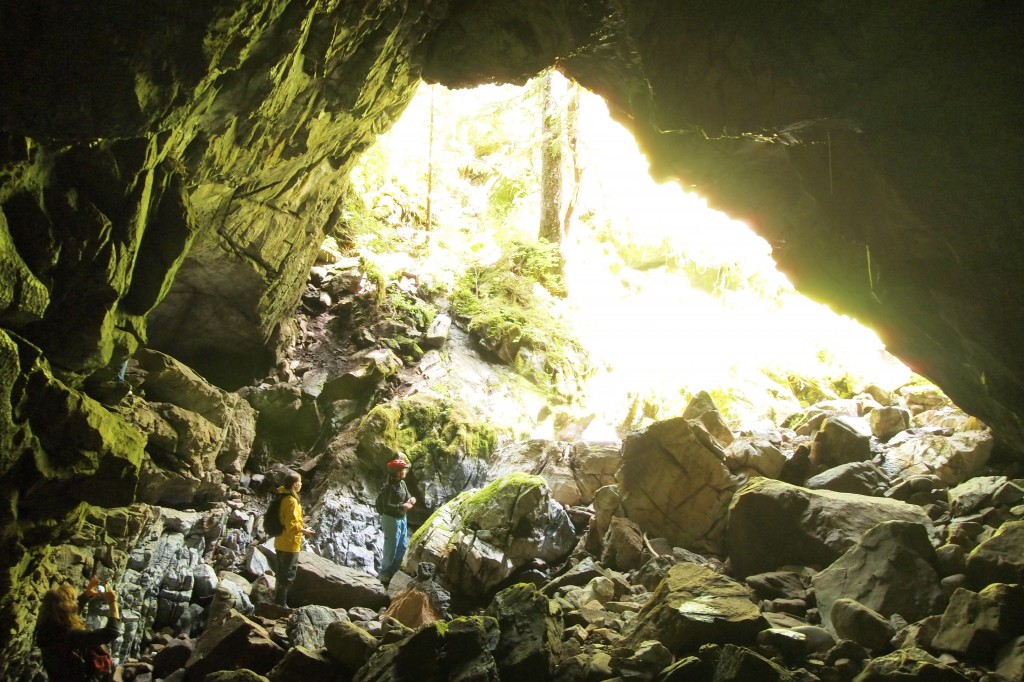
Despite the job action and resulting school closure, our CFE was a success because of all of the great people we met in Tahsis. We could not have asked for nicer people to make us feel at home and welcome in their community. The beautiful setting here and the never-ending wilderness to explore was also a major part of our experience. Even though we were not able to be in the school or with children the whole time, the learning we gained from exploring and experiencing this place for ourselves has been invaluable. Certainly, one day soon, I will be back.

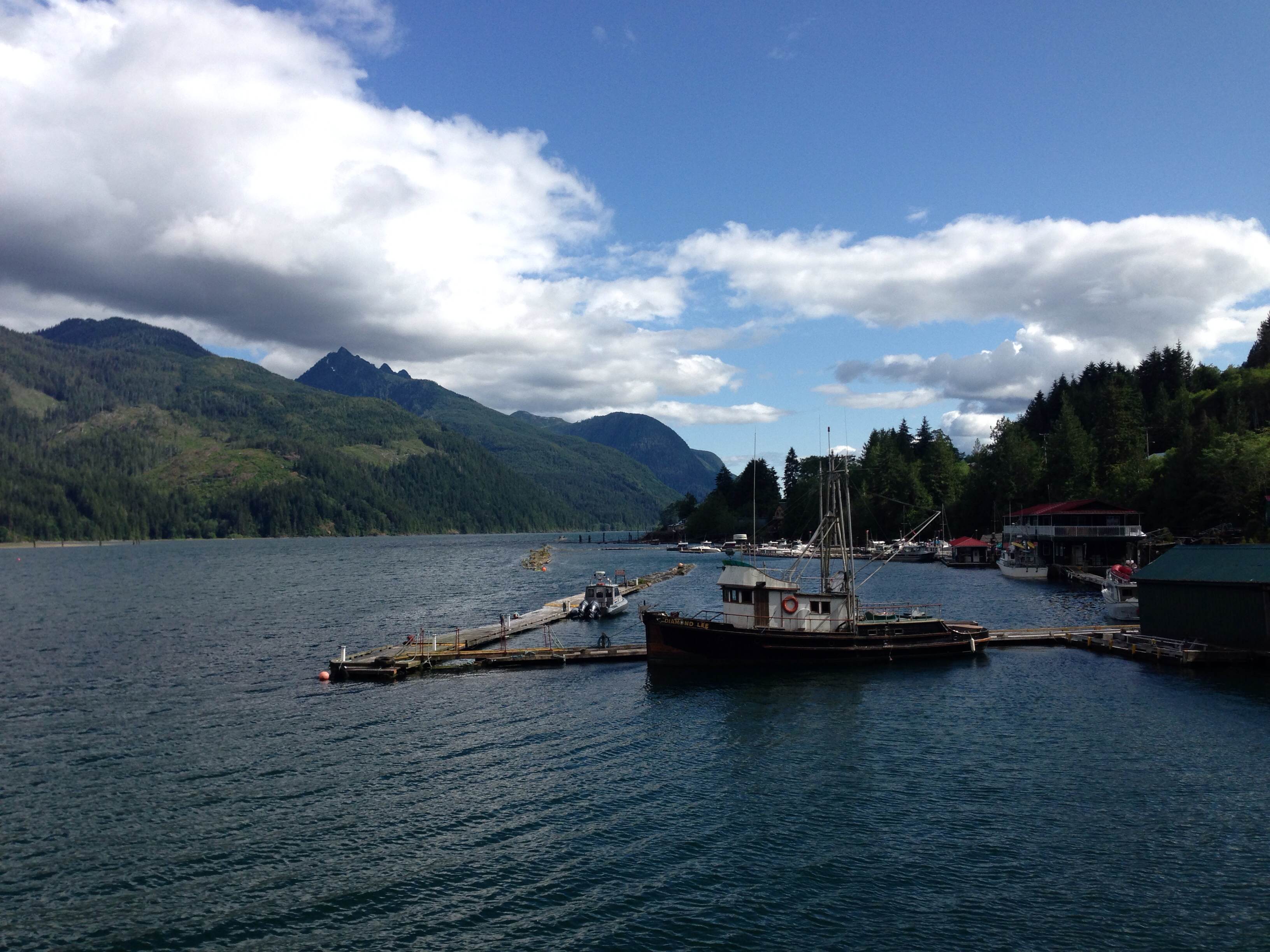
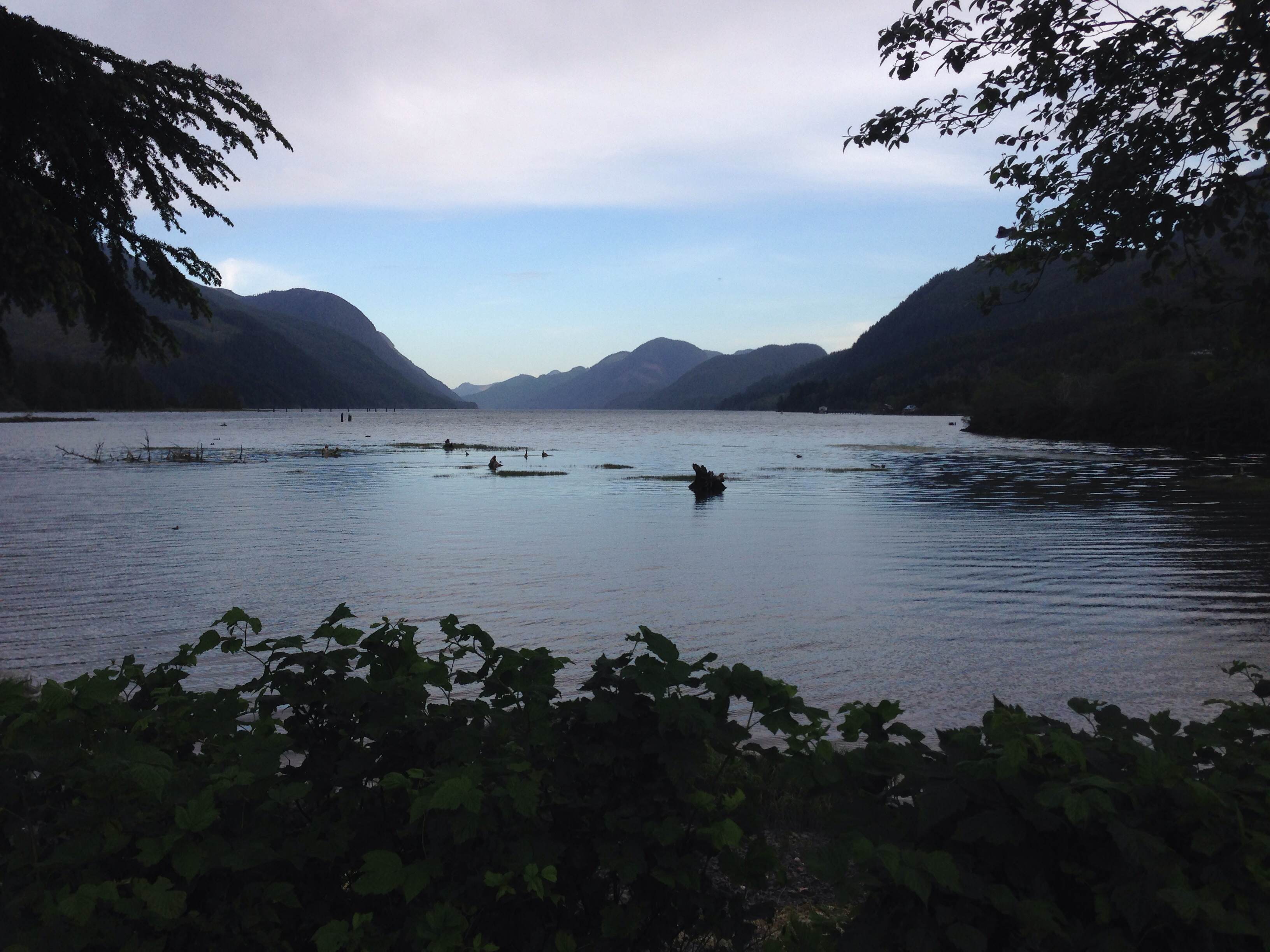
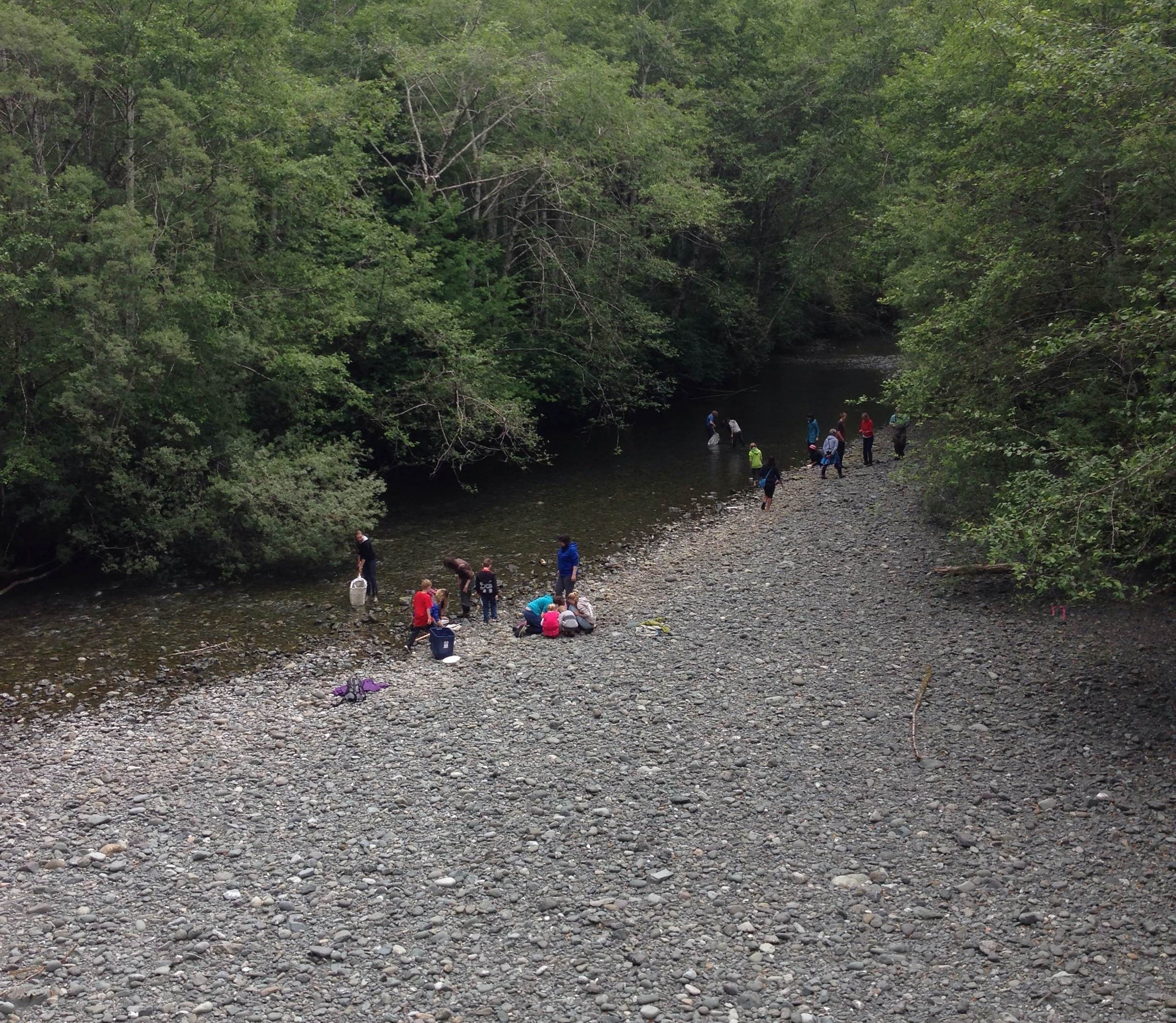
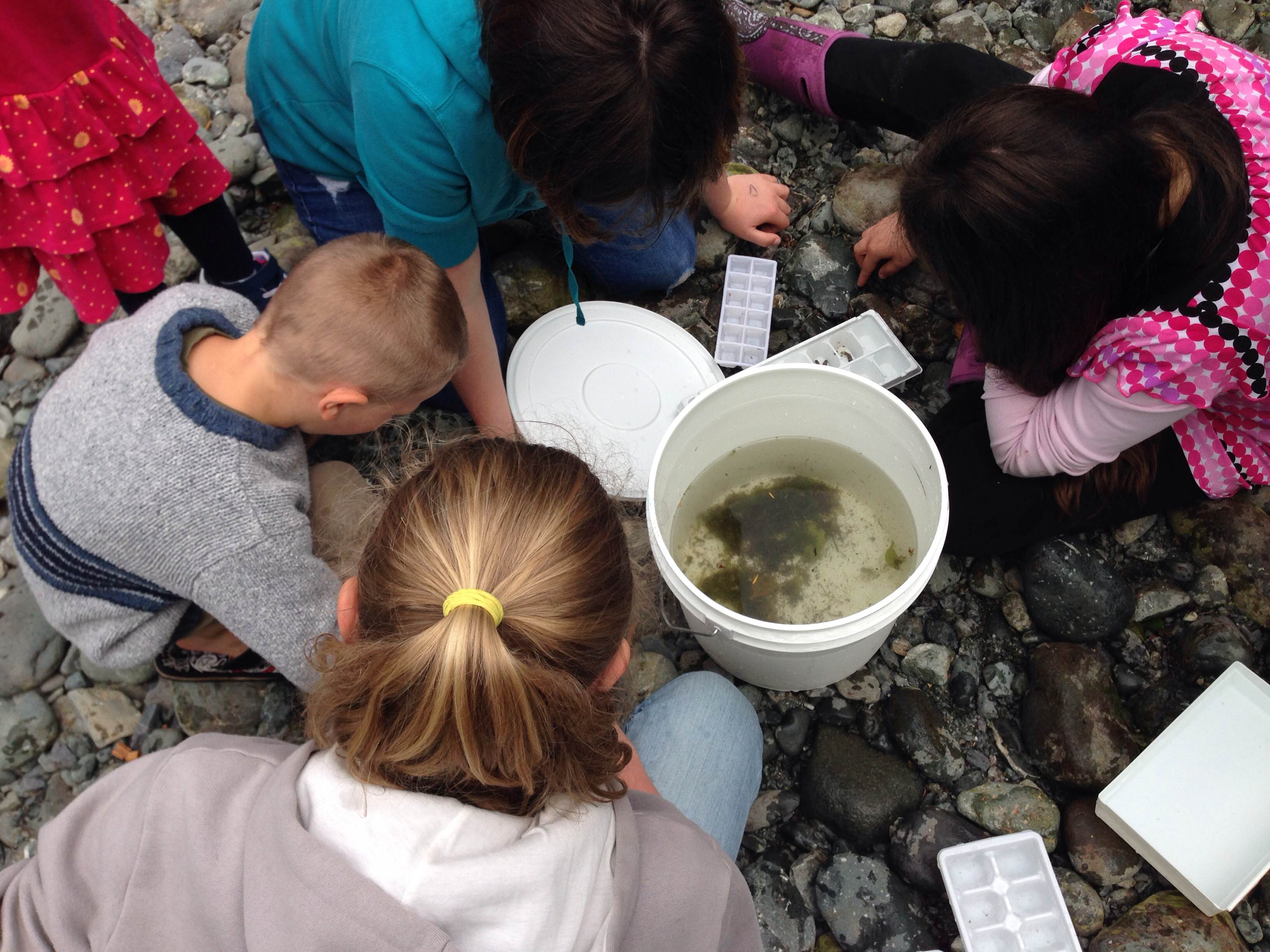
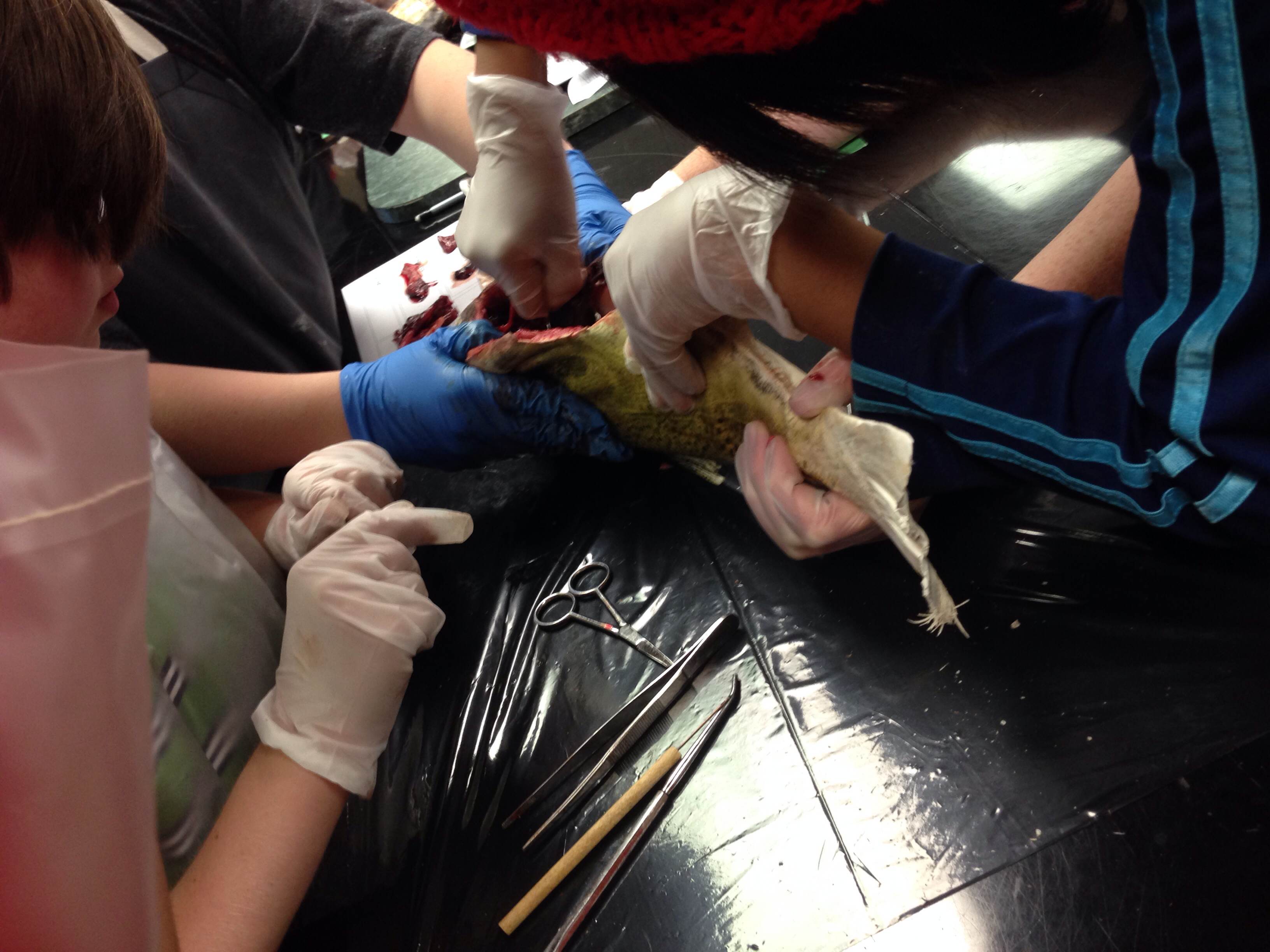
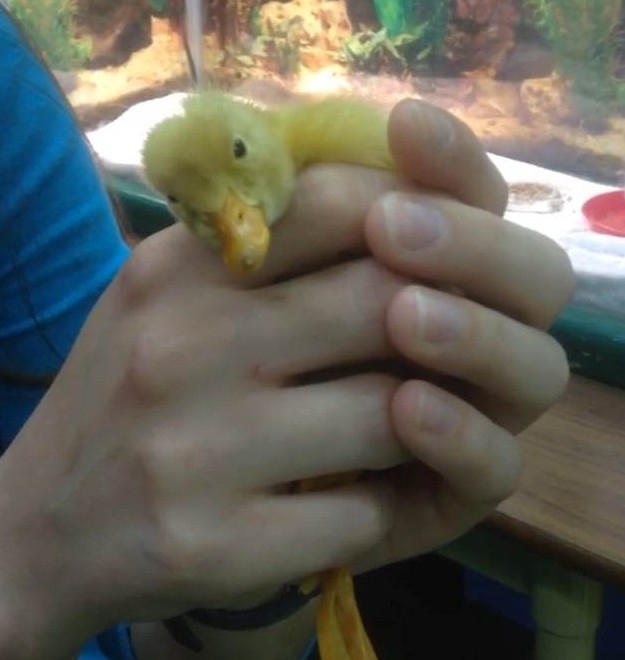
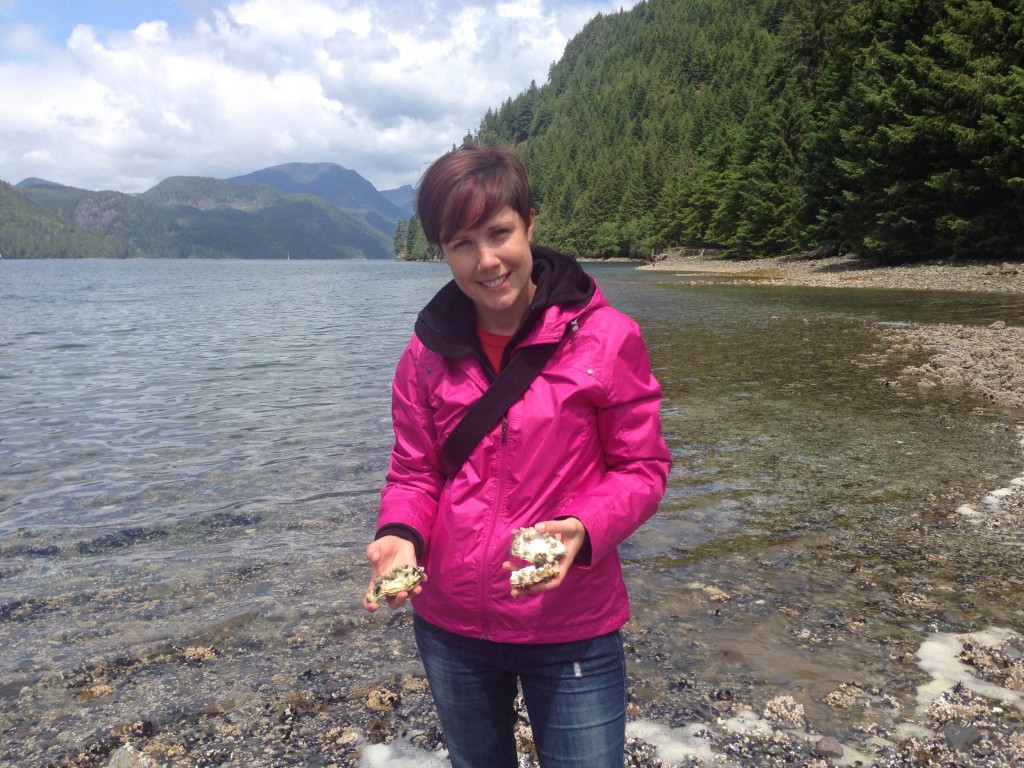
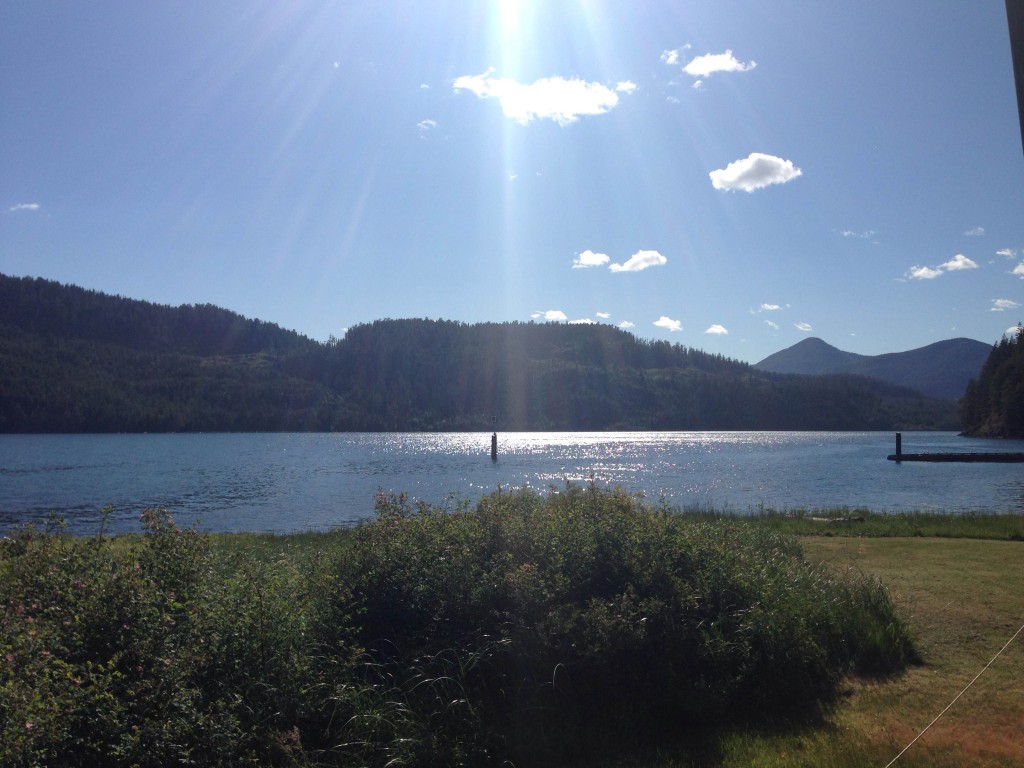
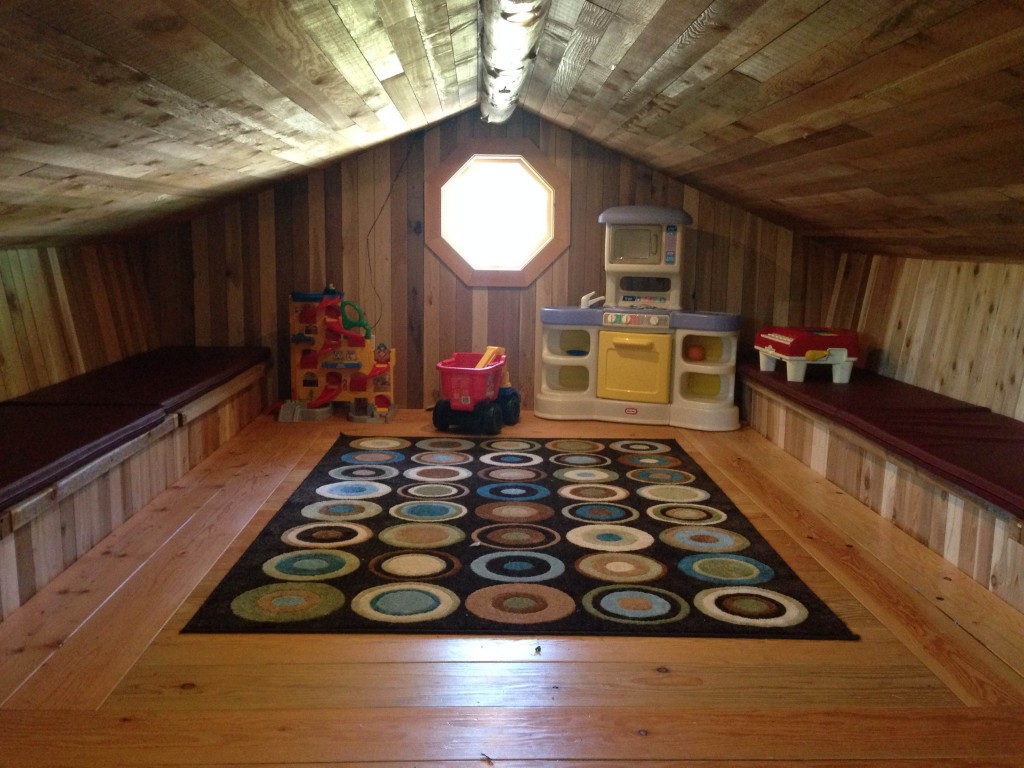
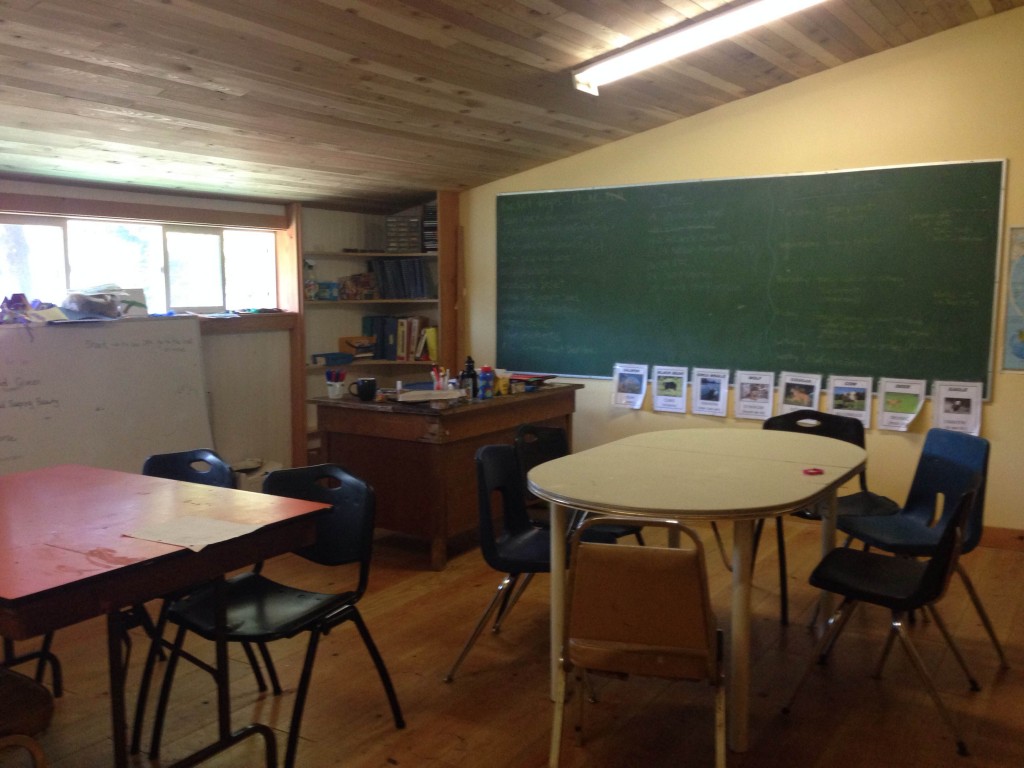
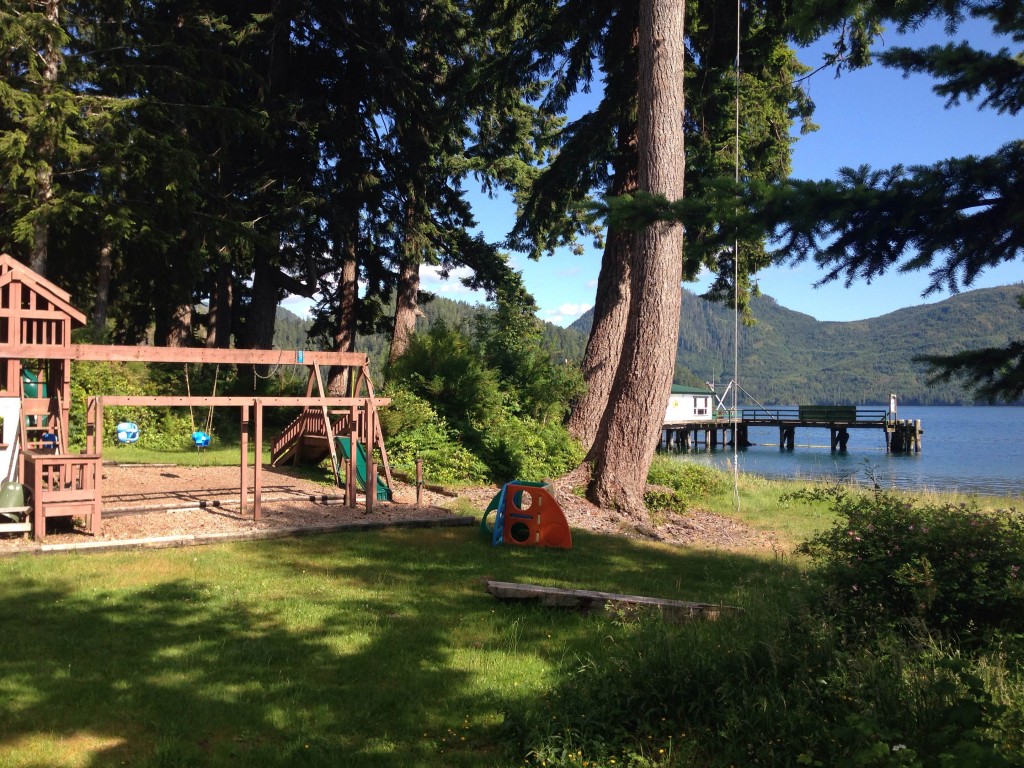
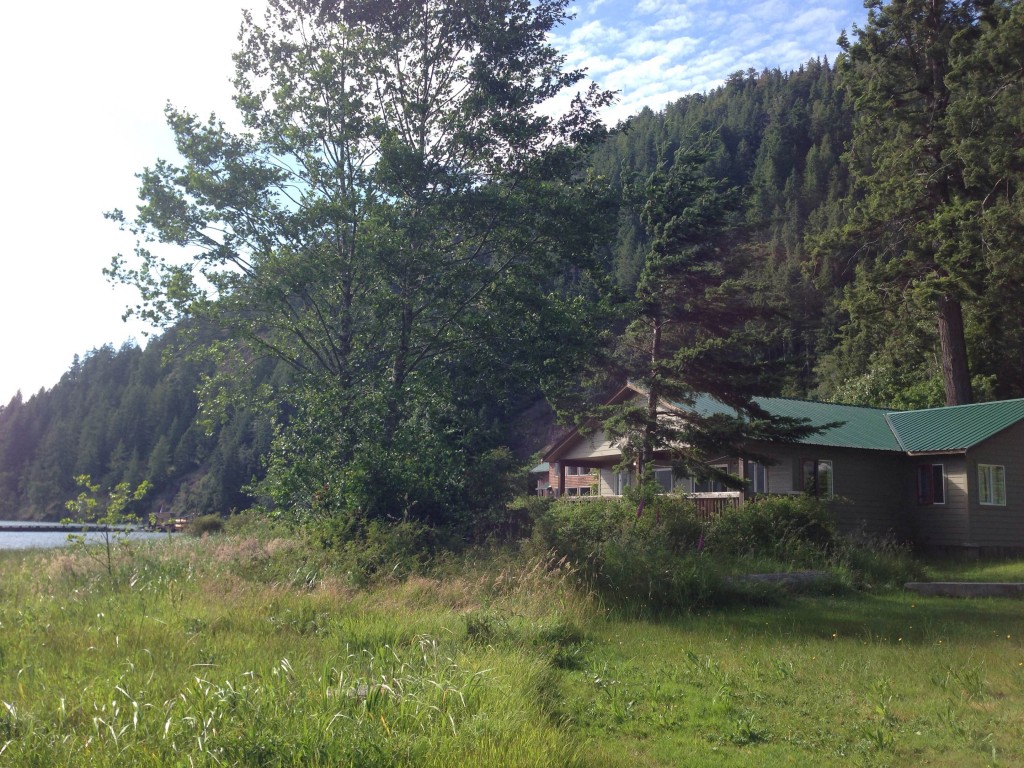
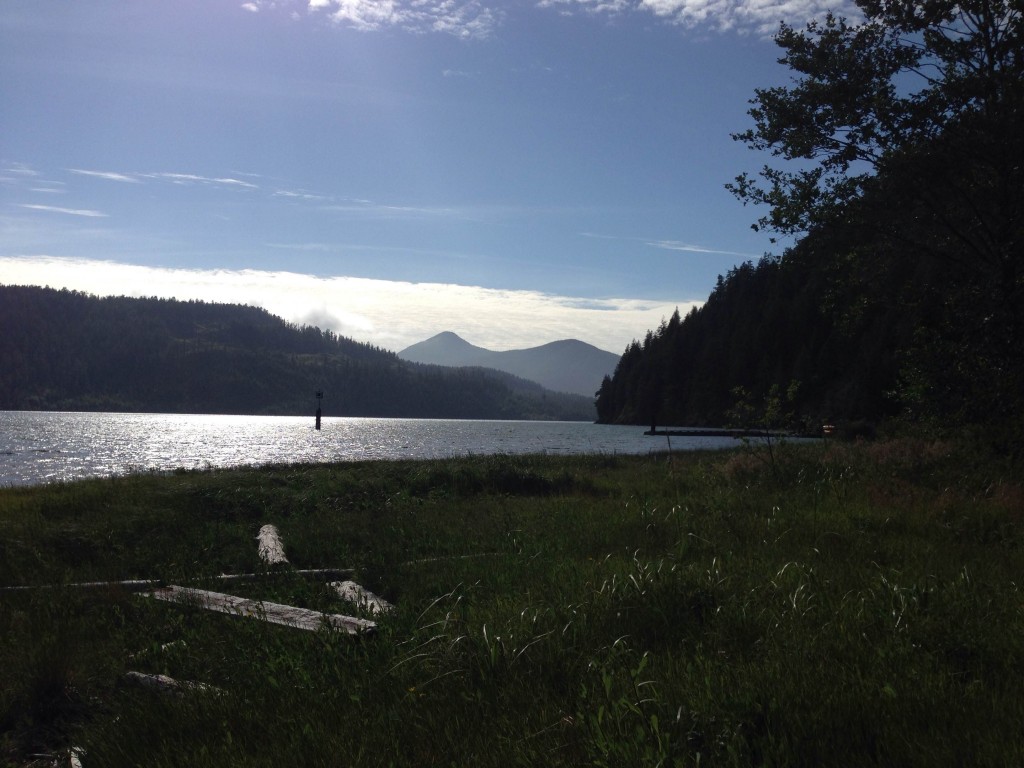
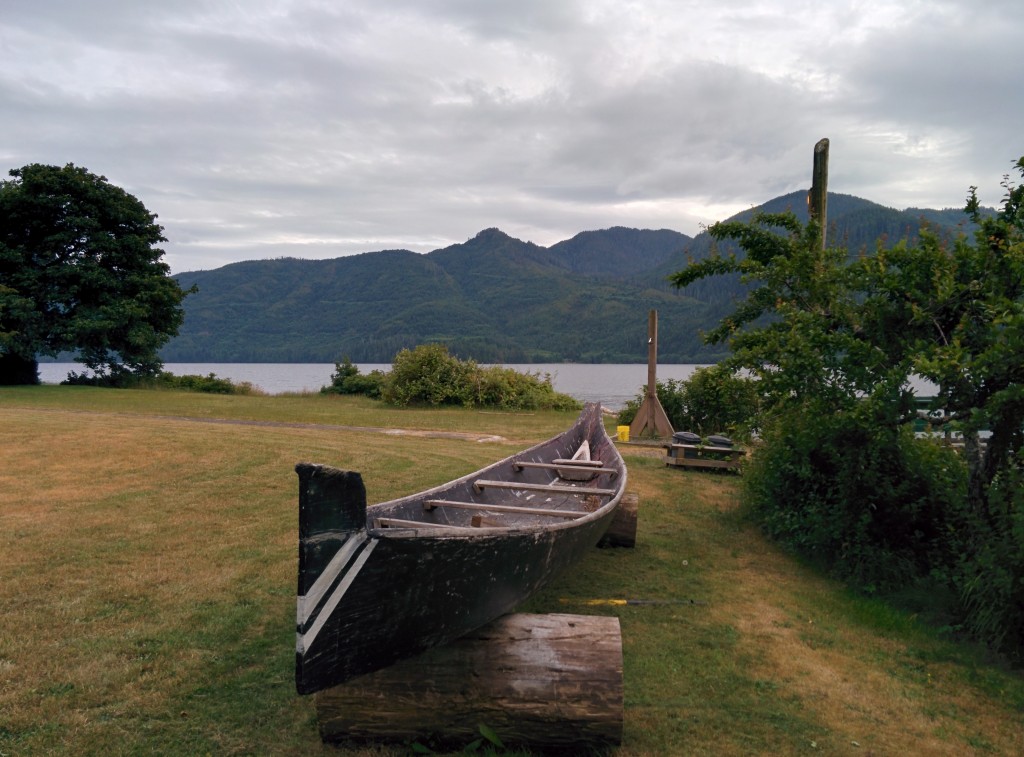
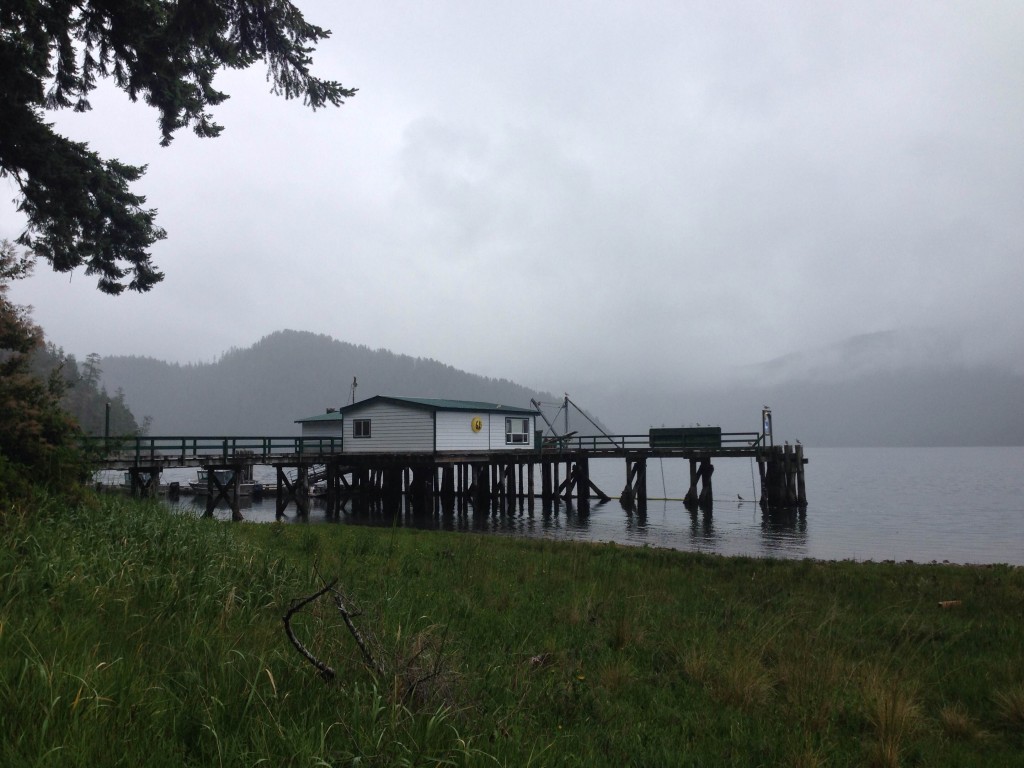
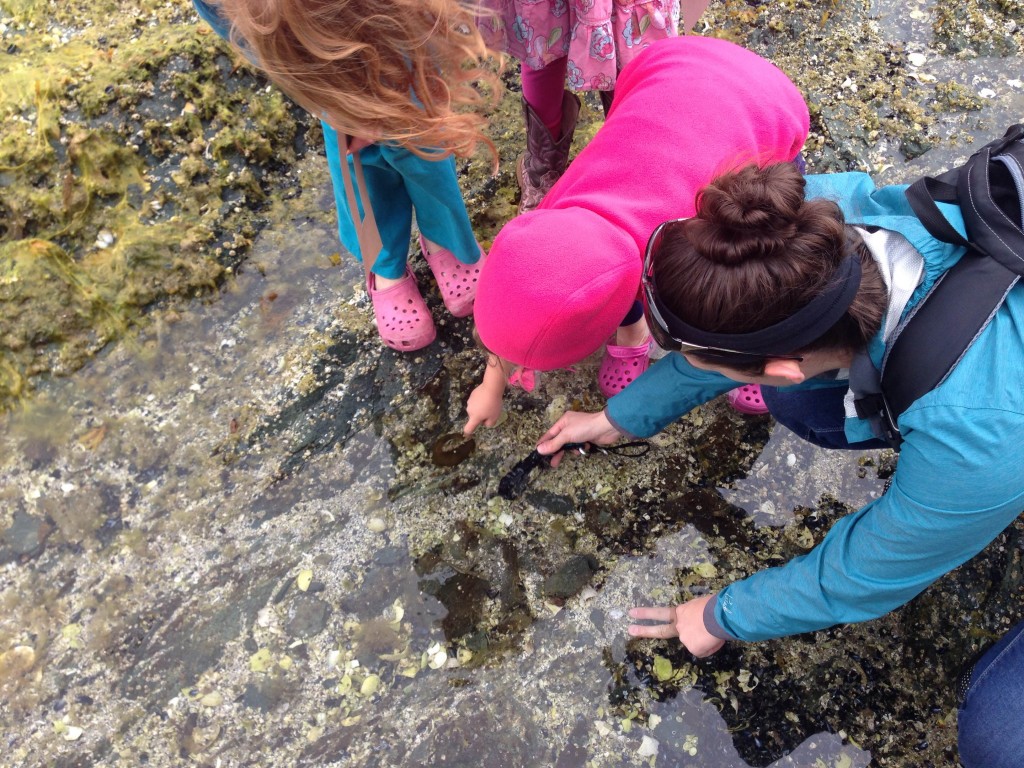
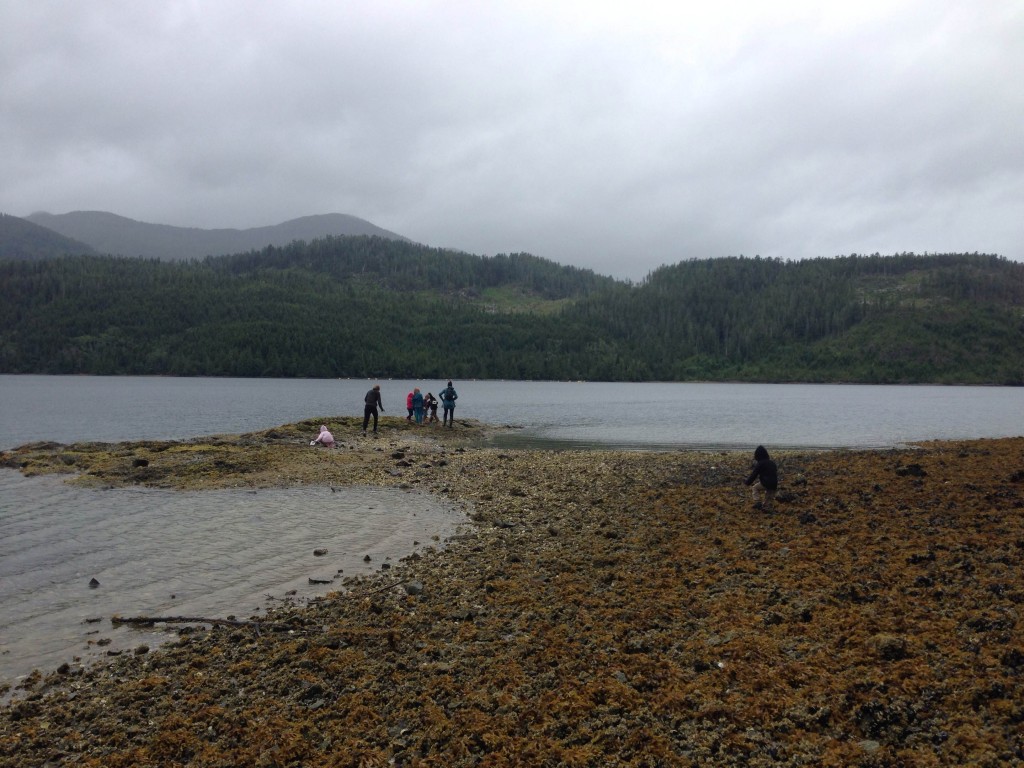
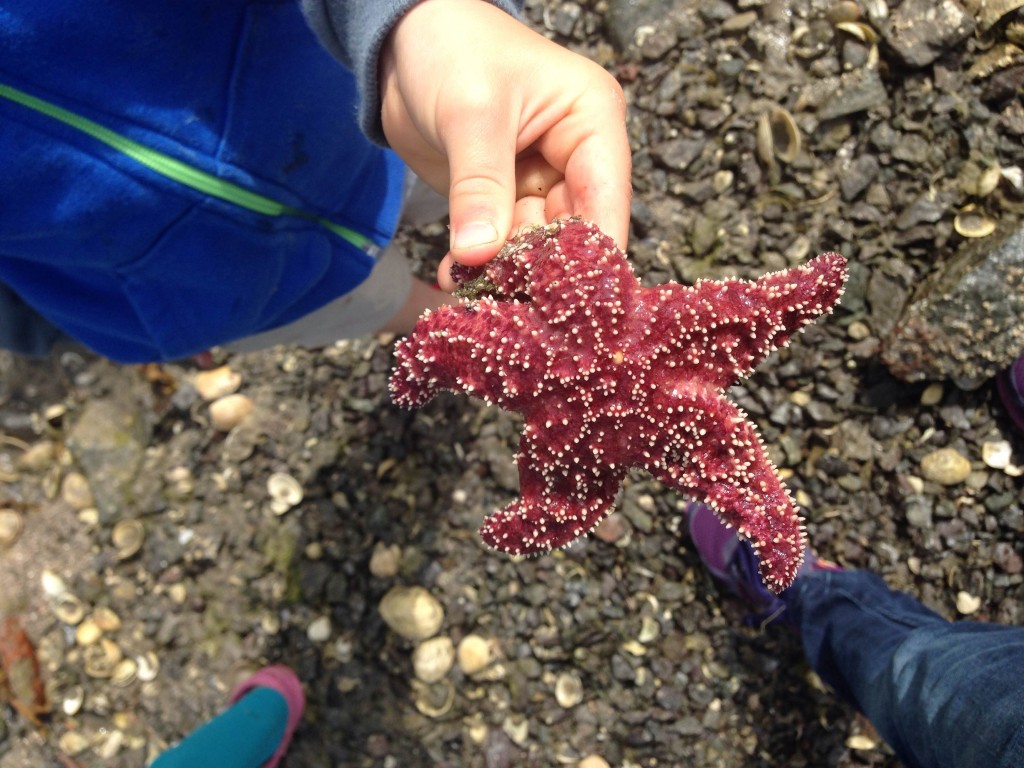
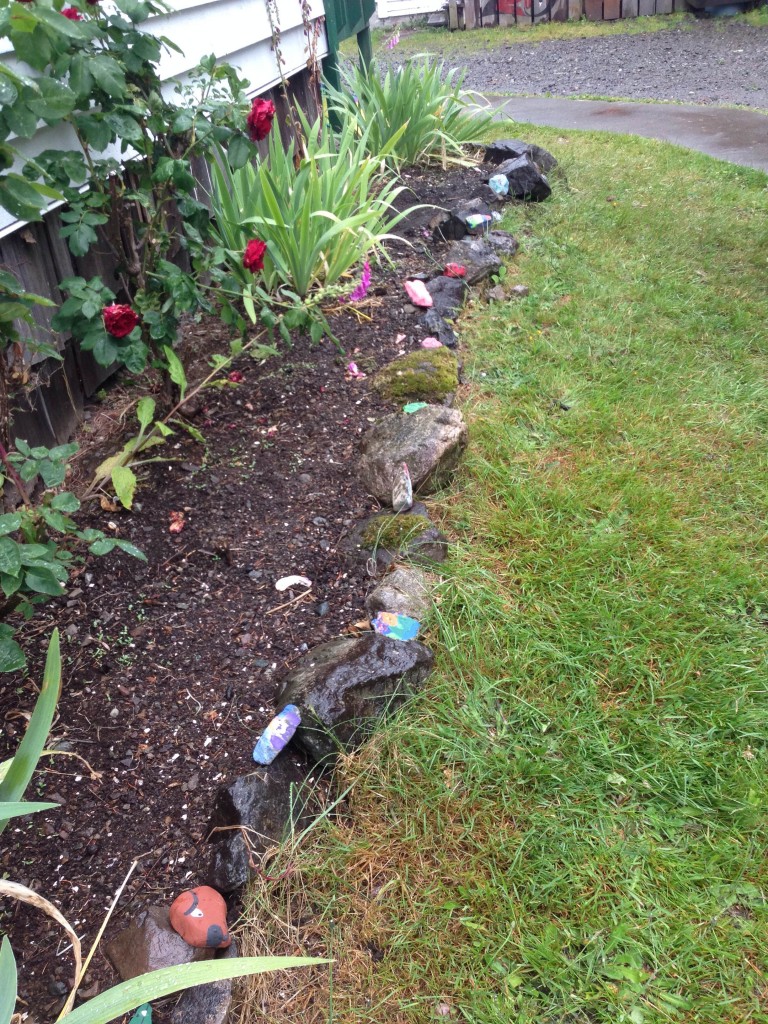
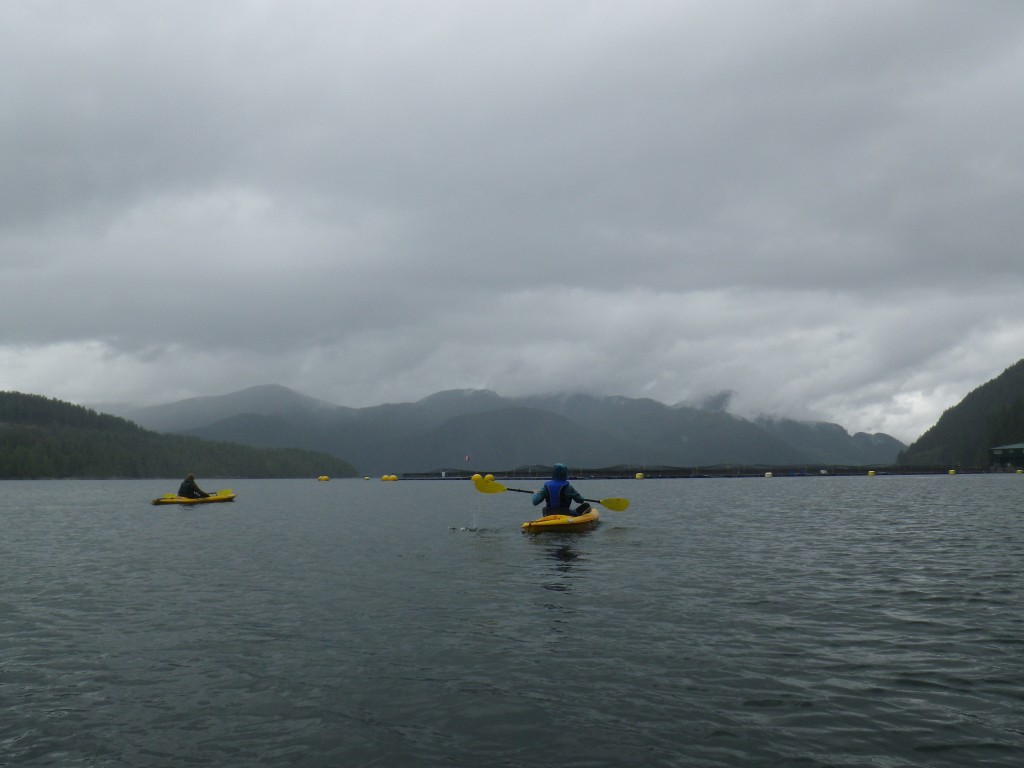
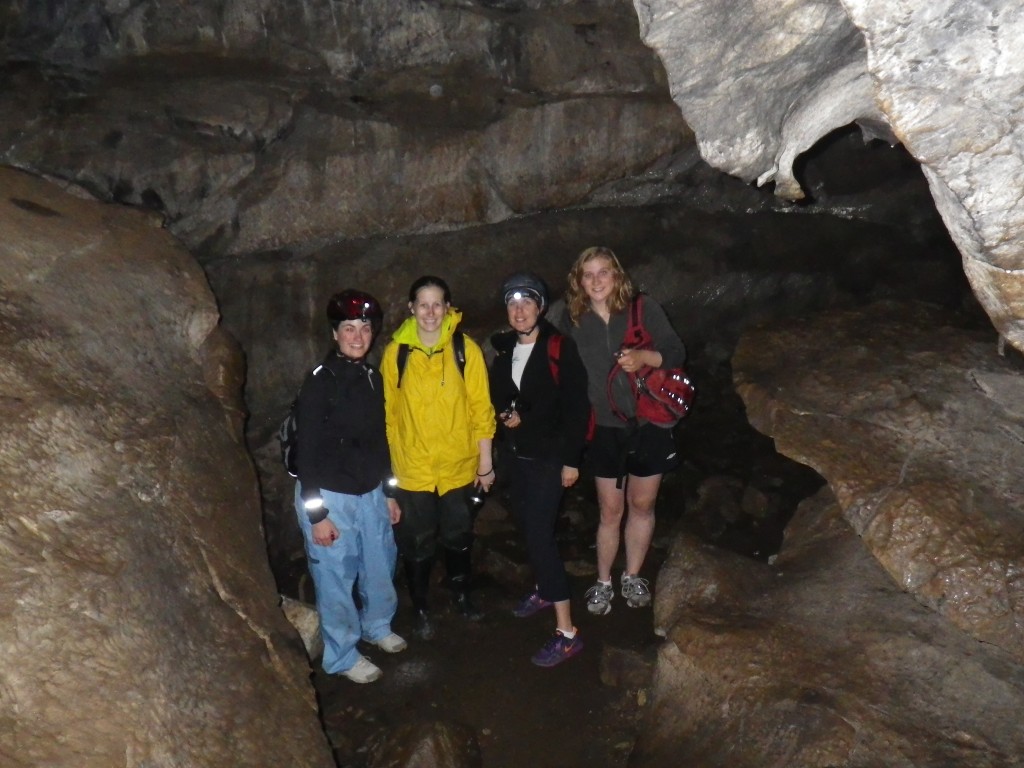
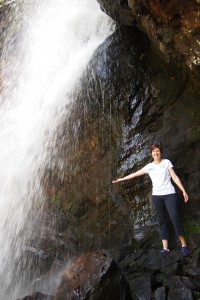
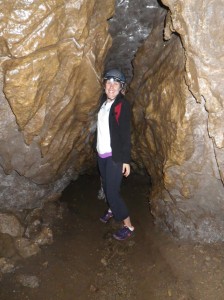
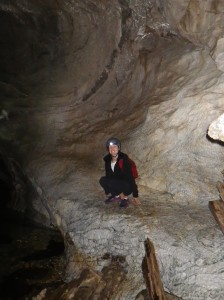
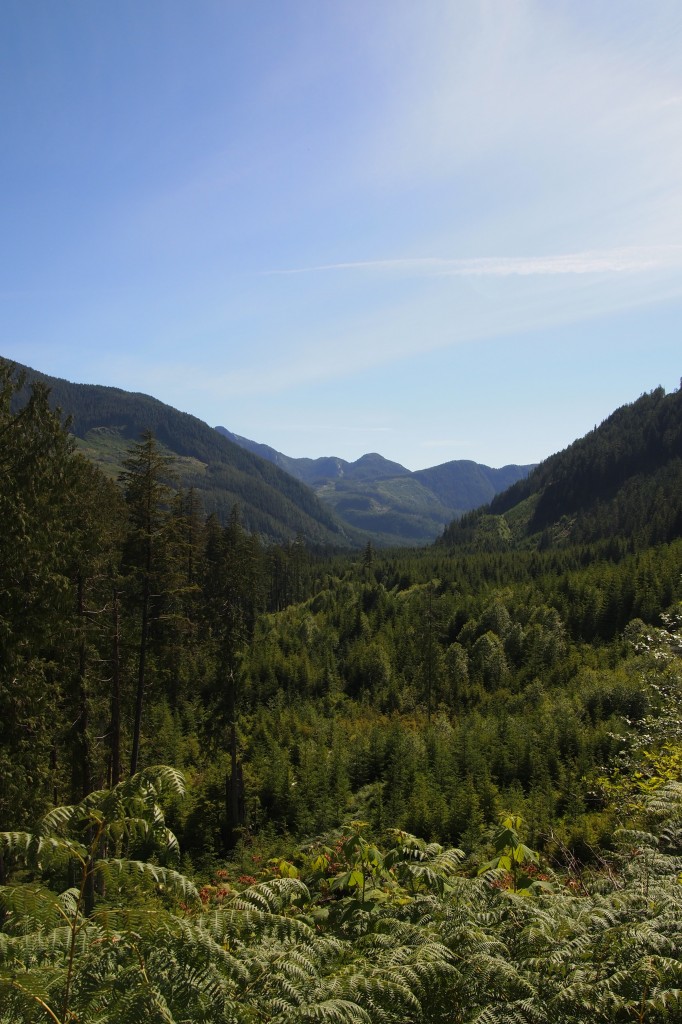
Laura, I really enjoyed following you on your CFE journey. It is strange how the universe works isn’t it? – in the context of something that seemed negative – the job action – your experience continued to thread its way through an amazing rural landscape peopled with others dedicated to the ethics of care and relationships. If one considers ‘education’ in its broadest sense to be primarlily grounded in a moral base and secondarily grounded in a knowledge base, then the success you experienced as a result of the people who welcomed you into their home and community is a natural outcome. Though you did not work directly with children in a school setting for the duration of the 3 weeks, it is evident that you learned a lot about the close connection between community and education in a rural setting.